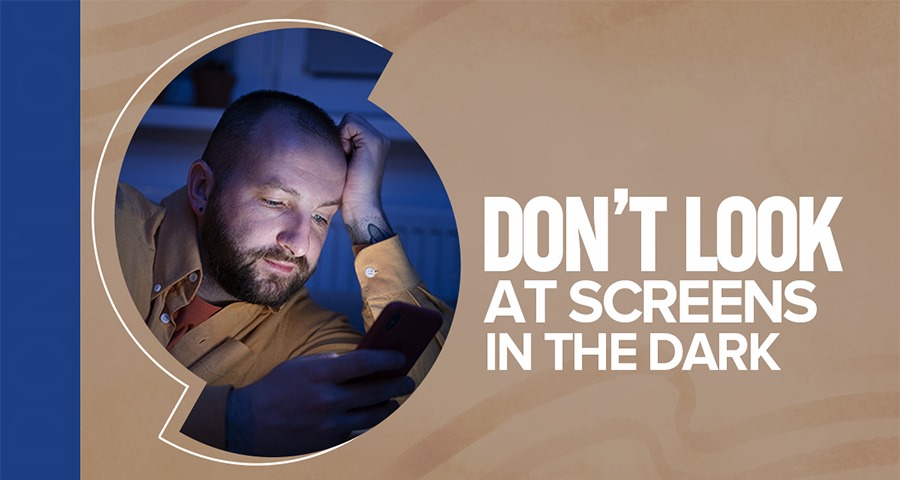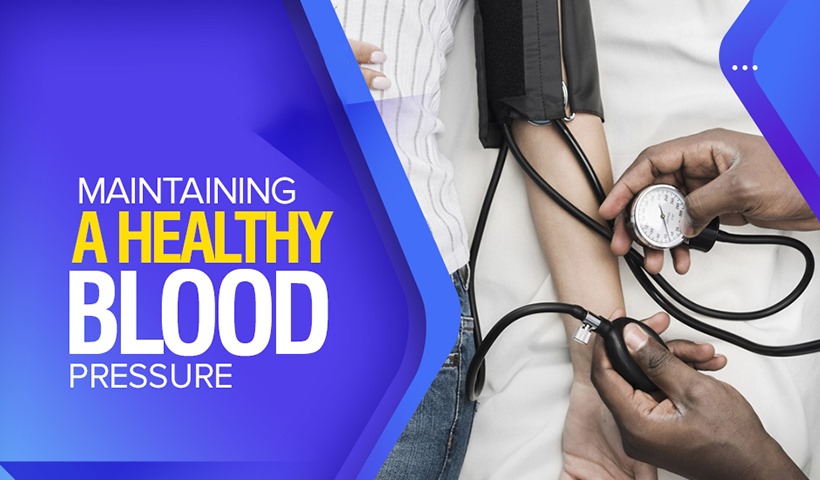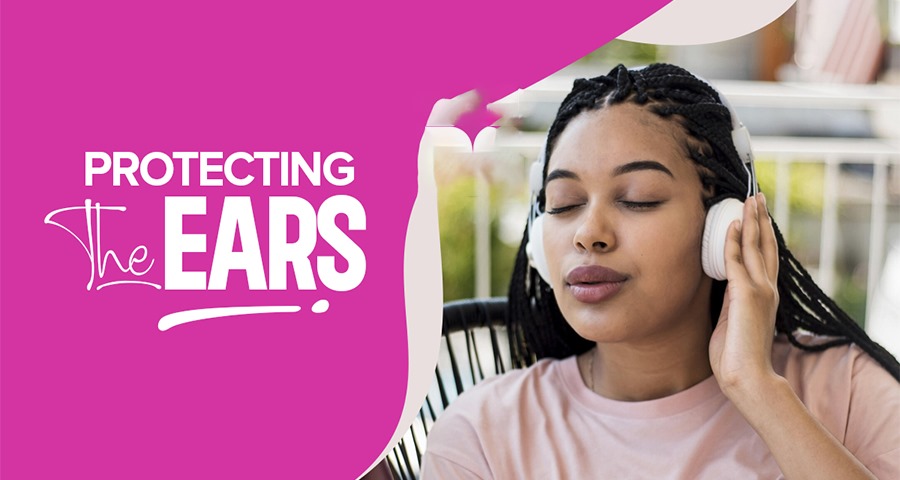
Awarness
DON’T LOOK AT SCREENS IN THE DARK
Every day, you are surrounded by amazing technology that enables you to work, learn, play, and connect with others in ways that were once impossible. This has led to new ways of living, working, and earning, and the possibilities are endless. However, with the advent of a technology-driven world with digital screens everywhere, gazing at them excessively has become a norm.From using mobile devices and laptops/ desktops, looking at screens while walking to watching the news or your favorite movies on TV, and staring at LED screens on various gadgets and devices, the average person spends about seven hours looking at screens. This average gets to as much as 15 hours daily for gamers, creatives, administrators, programmers, CCTV operators, and others who need computers for work.
Digital devices emit blue light, a high-energy light that can be harmful to the eyes with prolonged exposure, and has been known to cause dry eyes, blurry vision, teary or watery eyes, migraine headaches, anxiety, and even loss of vision. Additionally, blue light exposure suppresses the production of melatonin – the hormone that regulates sleep cycles – and may cause poor sleep patterns and increase the risk of conditions like obesity, heart disease, stroke, and depression.
The harmful effects of exposure to blue light are multiplied when it happens in the dark. Some studies show that staring at your phone in the dark for as little as 30 minutes may cause irreversible macular degeneration. So, while it’s convenient to use your phone under the sheets or create an ambiance with the lights off or dimmed as you watch TV late at night, one must be mindful of what effects these choices may have on the body.
Avoid using screens in dark places as much as possible, and consider these tips to help you reduce screen time overall.
• Set reminders to give your eyes a break. Practice the 20-20-20 rule: every 20 minutes, look away from all screens and focus on an object 20 feet away for 20 seconds. This helps to refresh the eyes and improve focus. You can set reminders on your devices for this exercise every day. Another exercise is to learn to blink often. This lubricates and cleans your eyes with tears, and protects against bright light, dust, and other irritants.
• Tone down the glare. Nearly all communications devices have an in-built adaptive brightness feature that automatically reduces the intensity of light it emits, depending on the amount of light in the environment. You can also use the blue light filter or eye protection setting to reduce blue light emission and eye strain.
• Use blue-light-blocking glasses and/or screen protectors. These filter out harmful blue light while allowing other wavelengths to pass through. By wearing these glasses or applying a screen protector, you reduce your exposure to blue light and protect your eyes.
• Use Nighttime Settings: Nowadays, many electronic devices also have a “night mode” option that reduces blue light at the set time, thus protecting your eyes from potential damage and promoting better sleep. Stay away from all digital devices (computers, cell phones, etc.) at least one hour before bedtime.
• Keep A Healthy Distance: For all screens, maintain an efficient distance that is comfortable for your eyes. For instance, consider keeping your mobile device at arm’s length and place your computer at an angle that makes you look downward to see it.
• Work in a well-lit room: Forcing your eyes to constantly adjust to varying degrees of brightness can cause strain. By properly lighting up the room, you eliminate that discomfort and prevent eye fatigue.
Also, remember to continuously speak God’s Word to your body. Drink a lot of water, eat healthy, and exercise. These work wonders for your overall health and your eyes. For more health tips, watch Healthy Living on Healing Streams TV. Find past episodes in the ‘video on demand’ section – www.healingstreams.tv.









